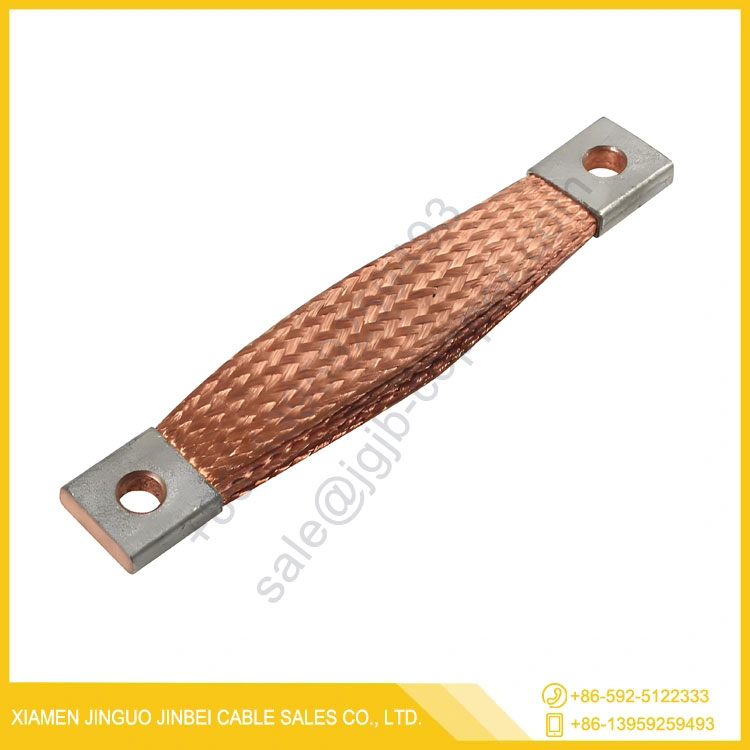Understanding Copper Braided Wire Flexible Connections: Structure and Properties
2025-02-08
Copper braided wire flexible connections are essential components in electrical and industrial applications where high conductivity, flexibility, and durability are required. These connections are widely used in grounding, power transmission, and electrical bonding applications to reduce mechanical stress and improve system efficiency.
What is a Copper Braided Wire Flexible Connection?
A copper braided wire flexible connection consists of multiple strands of fine copper wires woven together in a braided pattern. This structure provides excellent flexibility, conductivity, and mechanical strength, making it ideal for dynamic applications where movement or vibration is involved. These flexible connectors are commonly used in electrical panels, transformers, switchgear, and industrial machinery.
Construction of Copper Braided Wire Flexible Connections
Copper braided wire flexible connections are typically made using the following components and processes:
1. Copper Strands
- High-purity annealed copper wires (typically 99.9% pure) are used for superior conductivity.
- Strands are available in bare copper, tinned copper, silver-plated, or nickel-plated versions to enhance corrosion resistance.
2. Braiding Process
- Thin copper wires are braided together using specialized weaving machines to form a flat or tubular structure.
- The braiding process enhances flexibility and allows for easy movement without breaking.
3. End Terminals or Ferrules
- The braided wire is terminated with copper lugs, ferrules, or pressed ends, allowing for secure electrical connections.
- These terminations are welded, crimped, or soldered to ensure low resistance and high mechanical strength.
Types of Copper Braided Wire Flexible Connections
Copper braided wire connectors come in various designs to suit different applications:
1. Flat Braided Copper Connectors – Used for grounding, power connections, and busbars.
2. Tubular Braided Copper Connectors – Provide shielding and flexible power connections in tight spaces.
3. Tinned Copper Braided Connectors – Offer enhanced oxidation resistance and longevity.
4. High-Frequency Braided Copper Connectors – Designed for RF shielding and sensitive electronic circuits.
Key Properties of Copper Braided Wire Flexible Connections
- Superior Electrical Conductivity – Copper offers low electrical resistance, ensuring minimal energy loss.
- High Flexibility – The braided structure allows movement without damaging the conductor.
- Heat and Corrosion Resistance – Copper can withstand high temperatures and resist oxidation, especially when tinned or plated.
- Vibration Absorption – Reduces mechanical stress in electrical systems and machinery.
- Durability and Long Life – With proper installation, these connectors offer years of reliable performance.
Copper braided wire flexible connections play a crucial role in power transmission, grounding, and electrical safety. Their unique structure allows them to handle high currents while withstanding vibration and mechanical stress. Whether in industrial machinery, power plants, or renewable energy systems, these connectors ensure efficient and reliable performance.



